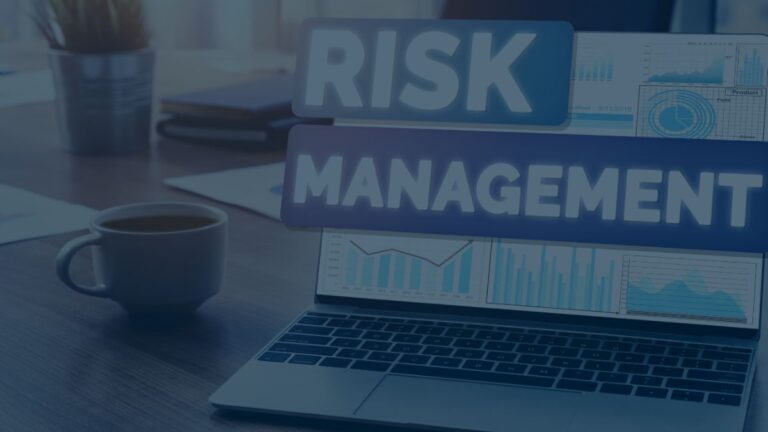Traditionally, underwriting involved manual, paper-based methods where underwriters sifted through extensive documents, relying on experience and intuition. While this approach worked for decades, it was fraught with inefficiencies and inaccuracies, necessitating the adoption of modern technologies to improve precision and efficiency.
Historical Challenges in Risk Assessment
Traditional underwriting was slow and prone to human error. Limited data collection methods often led to outdated information, resulting in inefficiencies and inconsistent risk assessments. Decisions could take days or even weeks, frustrating customers and slowing down the insurance process.
The Digital Transformation of Underwriting
Basic technologies like spreadsheets provided incremental improvements, but the advent of digital technology revolutionized underwriting. The demand for faster, more accurate, and personalized insurance products necessitated a fundamental shift. Integrating technology with human expertise is crucial in this transformation, streamlining and enhancing risk assessments.
Key Technologies Revolutionizing Underwriting
Artificial Intelligence (AI)
AI is foundational to modern underwriting, capable of analyzing vast amounts of structured and unstructured data to identify patterns and correlations that human underwriters might miss. AI-powered tools can automate routine tasks like data entry and preliminary risk assessments, allowing underwriters to focus on complex cases. For instance, Allianz’s AI-powered fraud detection solution has significantly reduced fraudulent claims and saved millions annually.
Machine Learning (ML)
A subset of AI, machine learning focuses on algorithms that learn and improve from experience. ML models enhance underwriting accuracy by analyzing historical data to identify predictive risk factors. These models become more precise over time, enabling insurers to make more accurate underwriting decisions. JPMorgan Chase, for example, uses ML algorithms to assess credit risk, improving lending and risk management practices.
Internet of Things (IoT)
IoT devices, embedded with sensors and software, collect and exchange data, providing valuable insights into individual behavior and risk profiles. For instance, wearable fitness trackers can monitor health data, while telematics devices in vehicles can track driving habits. Progressive Insurance’s Snapshot program uses telematics data to offer personalized premiums based on actual driving behavior.
Big Data and Advanced Analytics
The insurance industry generates vast amounts of data from various sources, including customer applications, claims history, and social media. Big data analytics combined with advanced statistical modeling can extract meaningful patterns and correlations from this data. This refined information improves risk assessment models, detects fraud, and identifies emerging trends, enhancing overall underwriting effectiveness.
Business Rules Engines in Modern Underwriting
Business rules engines (BREs) have become vital in automating underwriting processes, improving efficiency and accuracy. BREs execute predefined business rules to make automated decisions based on specific criteria, which can be easily adapted to changing market conditions or regulatory requirements.
Applications of Business Rules Engines
- Risk Assessment: BREs automatically assess applicants’ risk profiles based on factors like age, medical history, occupation, and lifestyle choices, streamlining the underwriting process and managing risk effectively.
- Policy Pricing and Customization: BREs dynamically adjust policy premiums based on individual risk profiles, enabling personalized pricing.
- Regulatory Compliance: BREs automate compliance checks to ensure policies adhere to all applicable regulations, reducing the risk of non-compliance penalties.
The Future of Underwriting
Technological advancements and changing customer expectations are rapidly transforming the underwriting landscape. Future developments will further streamline risk mitigation efforts, provide real-time risk understanding, and support business growth. AI, ML, and big data will play increasingly significant roles, enabling more accurate risk assessments, faster decisions, and personalized insurance products.
Technology will not replace human underwriters but will enhance their capabilities. Freed from mundane tasks, underwriters can focus on complex cases, build stronger customer relationships, and provide expert insights. Upskilling and adapting to new technologies will be essential for underwriters to remain relevant.
